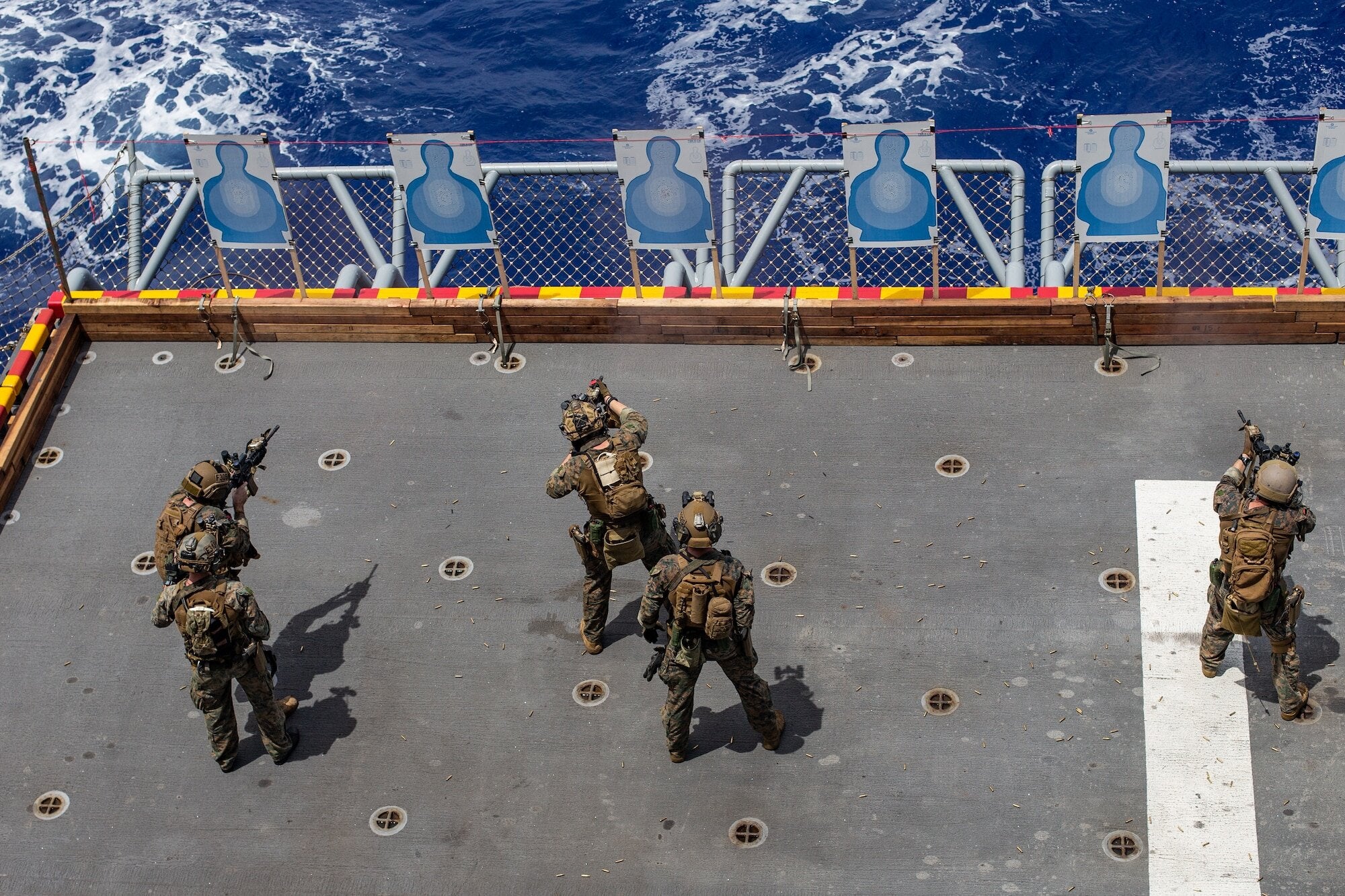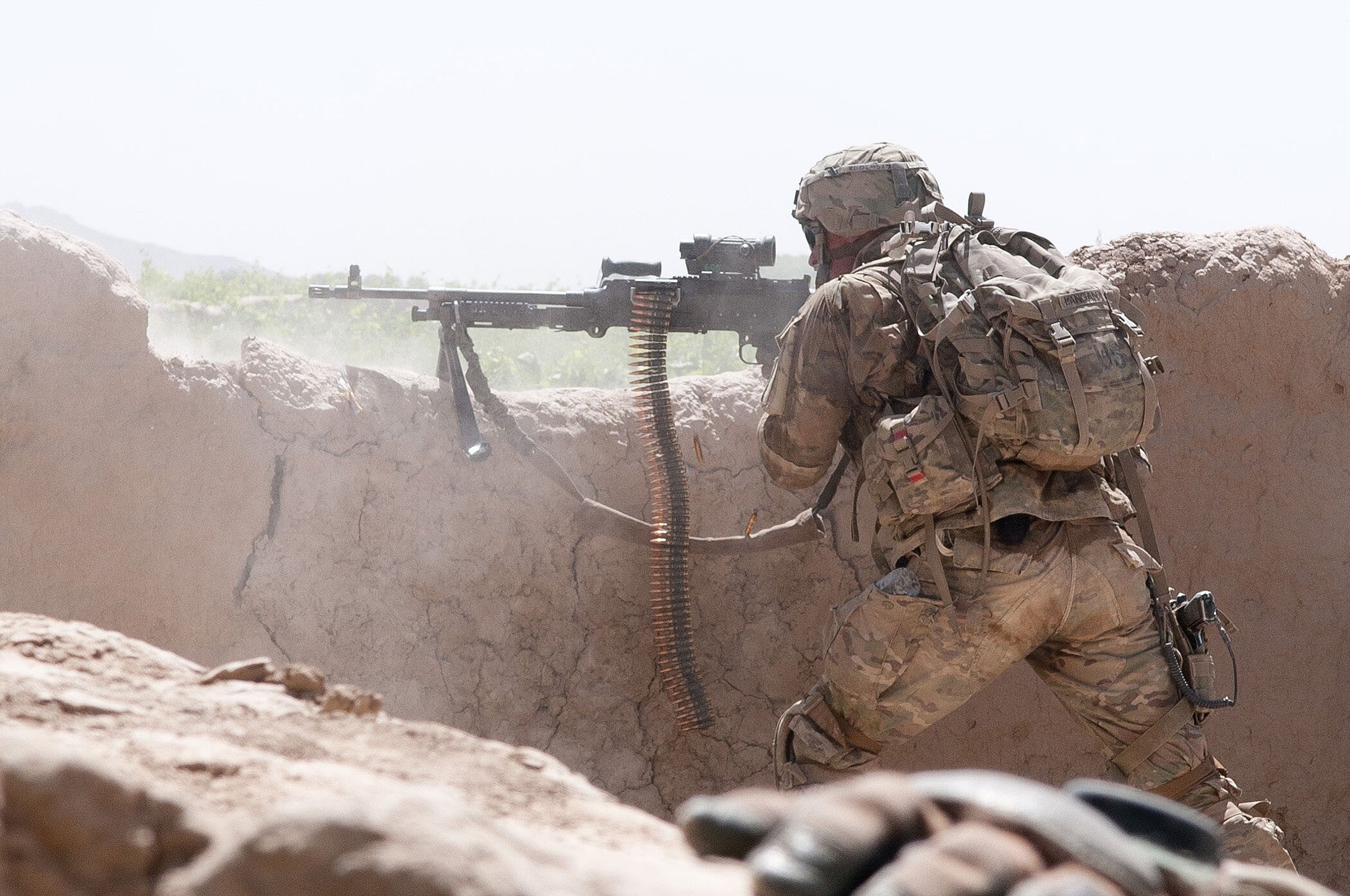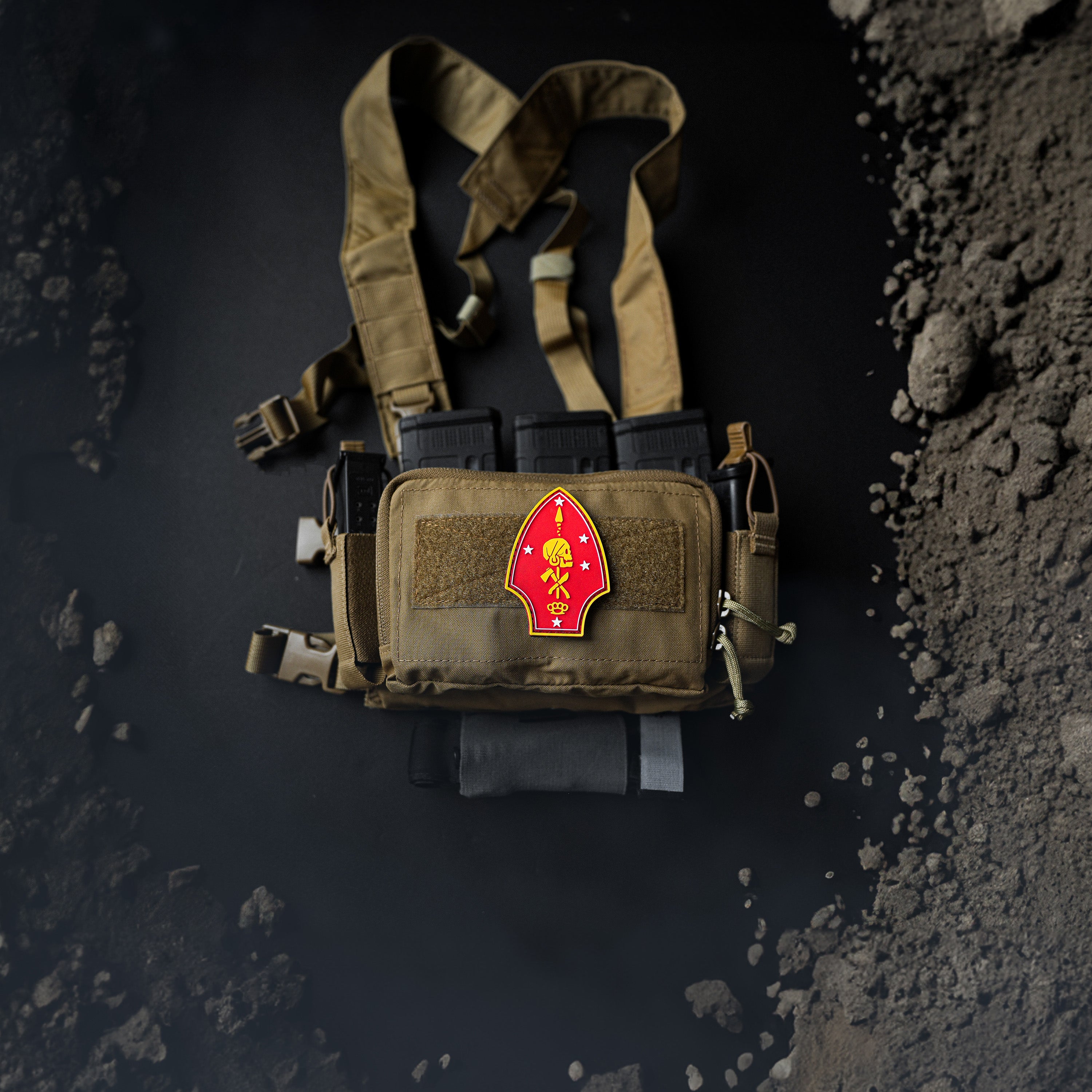
Leaning Into Force Design
In March of 2020, the United States Marine Corps officially announced its decision to divest the Corps’ armor assets. An 80-year-old community, who had perfected their craft, set aside their pride and self-worth in the name of modernization. The Marine Corps tossed away billions of dollars worth of equipment and decades of proven doctrine to perpetuate the new vision and save money for newer technologies.
Divestments are the highlight of the Marine Corps’ plan to reshape its purpose. Along with the tank community, other previously proven capabilities like Law Enforcement Battalions and Bridge Companies have also been chosen for the chopping block. There are many arguments as to whether the entire Force Design is a good or bad plan. Still, the focus of this argument is that the plan should be carried out wholly and deliberately, rather than half-heartedly.
The plan’s primary purpose of changing the Marine Corps is to become a lighter, quicker, more amphibious, and more modern force deployed to fight as a naval expeditionary force-in-readiness. The Marine Corps must implement three important things more aggressively: naval integration, logistical streamlining, and technological modernization to truly accomplish that end. Without a total immersion into the Force Design process, the decision to “Old Yeller” the Tank community will have been all for naught.
The original Marines of yore were naval infantry. They came from ships and were warriors of the sea. The force of today is nothing of the sort. Swimming is something that thousands of Marines of 2021 are afraid of, and the swimming standards of the current Corps are not only low but not enough. Understandably, manpower requirements come into play. If they raise physical swimming standards (along with any other physical fitness standards), the current human resources requirement of the current force cannot be supported. There is a seemingly simple solution to this issue that is hard to address when the people making the decision face the idea of taking away people’s livelihoods: change the current manpower need of the force.
If there are only 75,000 Marines that can swim well, then only 75,000 of the current Marines should stay Marines. Swimming is just a start and a small example of how the Corps has strayed from its path. The supporting establishment within the Marine Corps is similar to the DoD as a whole. It is slow, over bureaucratic, and overstaffed with people that do not contribute much at all. If the Marine Corps is truly part of the Navy, then military support necessary to be an expeditionary combat force could come directly from the Navy more often. In a small, elite, and amphibious force, the remaining muscle left after trimming the fat could effectively accomplish the purpose of the Force Design.
Marines that support the infantry can remain, but only if they directly support the infantry in a way that is tied to being a small, elite, and amphibious combat force. It may be true that tanks needed to go. In that case, it is also true that a purely administrative MOS could be accomplished by a sailor that does not require excessive training or higher physical standards. Expeditionary supply and logistical functions can be added skills, fulfilled by a more highly trained combat arms Marine in a smaller force.
The logistical streamlining that would need to occur to meet the intent of the Force Design truly would need to drastically downsize the Marine Corps while increasing the strength of the Navy and adding civilian support that, in the long run, is a cheaper option to the American taxpayer. Currently, a Marine Logistics Group (MLG) is manned by thousands of Marines that can be replaced by civilians that cost less to train and pay. Those MLG Marines that cannot be replaced by civilians perform functions that can be taught and the combat arms jobs of current “Division” Marines.
This would be most readily accomplished by downsizing the combat arms establishment and replacing hordes of young infantry Marines with fewer, more highly trained, and dynamic Marines that are willing to learn more to support themselves. Marines can be trained beyond their combat specialties to continue to support logistical requirements like landing support, air delivery, embarkation, engineering, food service, and expeditionary maintenance. The Royal Marines of the United Kingdom do this well as a smaller, more elite force that dedicates significantly more time training their people. They also maintain a standard that does not need a body composition program because it does not allow people to get fat and slow.
Other functions of the MLG need to be replaced with civilians or naval personnel that are already cheaper to train. Intermediate and depot level maintenance is often already performed by Marines with a high degree of assistance from civilians, and to replace those Marines with civilians that either arrive already trained on their own dime or are trained cheaper without the extra expenditures made to become “riflemen” would save the government both money and time. The entire financial management establishment of the Marine Corps is also currently performed by underqualified, overpaid Marines that could be replaced by cheaper civilian counterparts who could be hired with financial backgrounds and educations. Additionally, computer programs could replace the hundreds of disbursing Marines that spend their days filling out repetitive forms.
Shifting gears now, all this downsizing frees up space for where a significant need is still to be met. The current Marine Corps needs significant technological modernization to have a prayer at being victorious against contemporary peers. China has spent decades modernizing its technology by poaching the American tech community and stealing from the private American defense sector. In contrast, the DoD has been busy spending its time and money updating archaic heavy platforms needed to beat inferior foes in Iraq and Afghanistan. China’s military operates as one network, while American military branches all use different jargon and have issues simply logging onto their computers because of networks that are decades behind the civilian sector. Naval integration may lead to modernization in doctrine. Still, technological modernization can lead to a complete DoD integration that would allow the Marine Corps to function better as a team member.
The Marine Corps’ role in technological modernization started in the arena of cyberwarfare and needs to be focused even more within the intelligence and communications fields. The spending efforts saved by downsizing in logistics and archaic platforms should be diverted towards rapid technological advancement to simply be level set with the modern times. The same intelligence and communications communities within the Marine Corps need to be equipped to do battle in cyberspace and the real world while existing within the framework of a new Marine Corps by being capable combat troops that can perform those functions in forward-deployed environments. This goal is already a part of the Force Design but should simply be further emphasized by the current Marine Corps establishment that sees it as an annoying task to add onto what the Marine Corps does as “riflemen.”
By fully embracing the Force Design, the Marine Corps can do right by those it has put down and truly modernize in a way that would maintain an elite status in the modern world. By doing this half-heartedly, the Corps would only render itself obsolete. The United States of America does not need a cheaper, smaller Army that runs a bit farther and does pull-ups instead of push-ups. The United States of America does not need what the Marine Corps is. What the United States of America needs is what the Marine Corps claims that it is.
Written By Ian Wiggins
September 22, 2021









